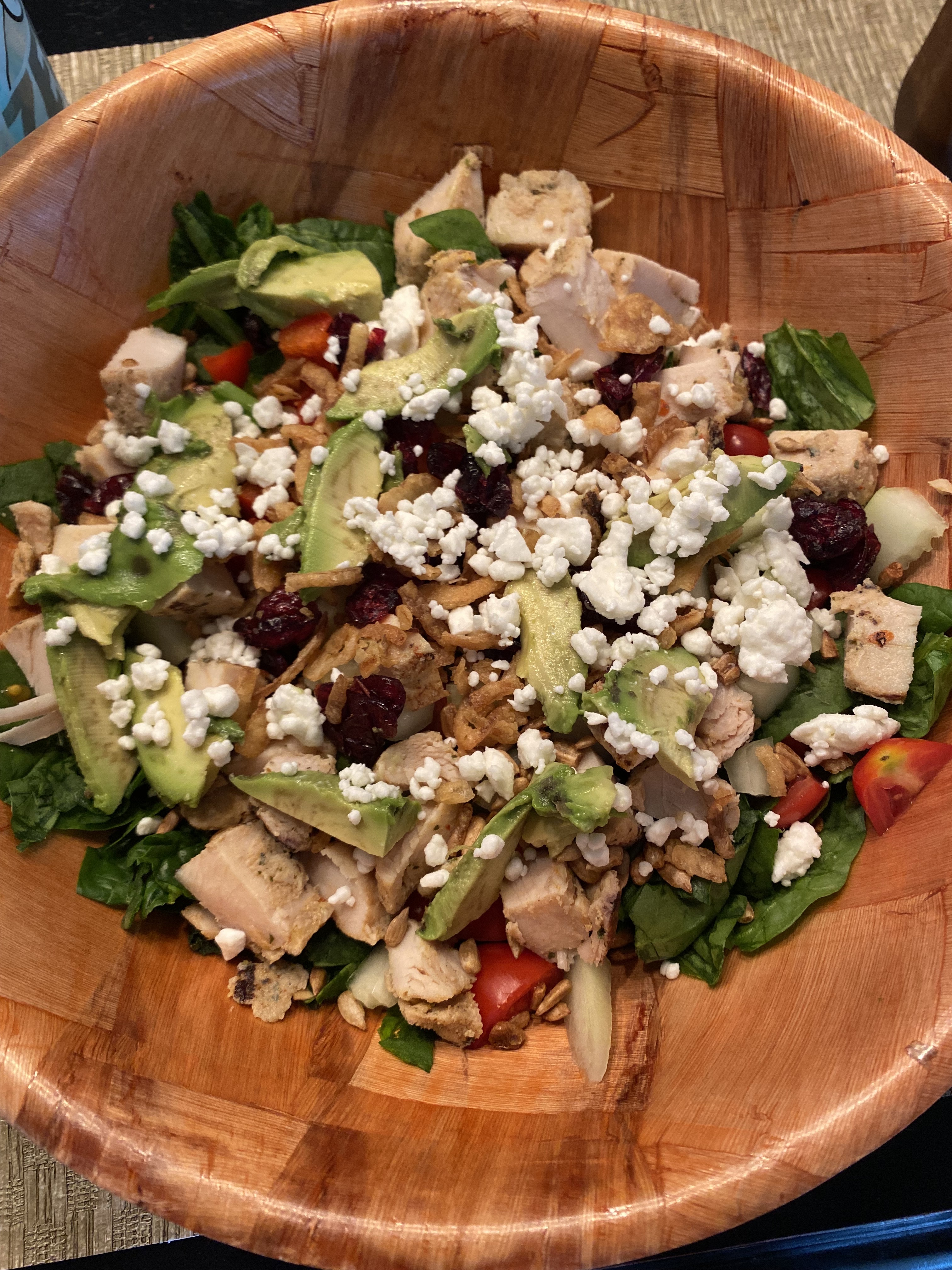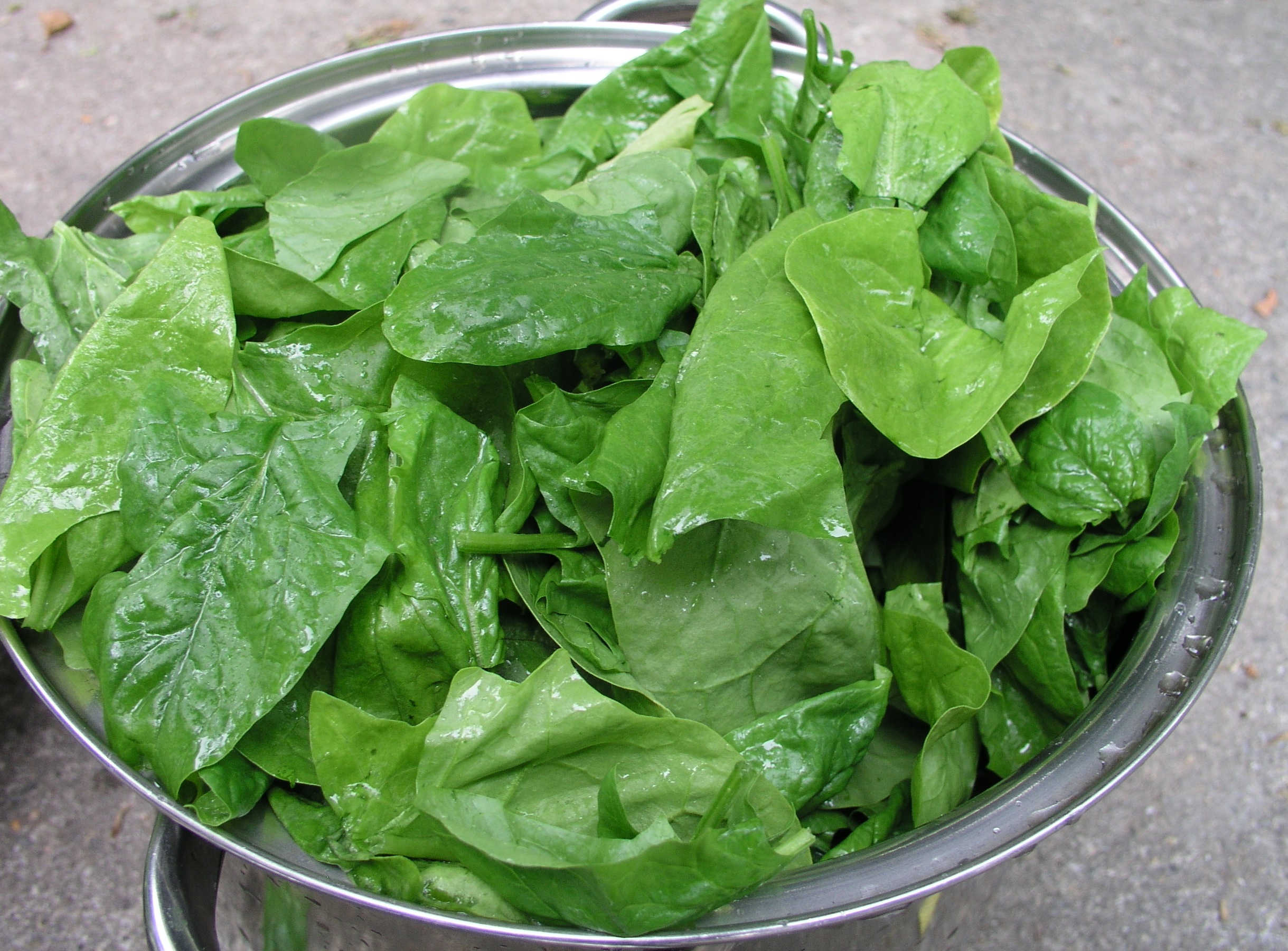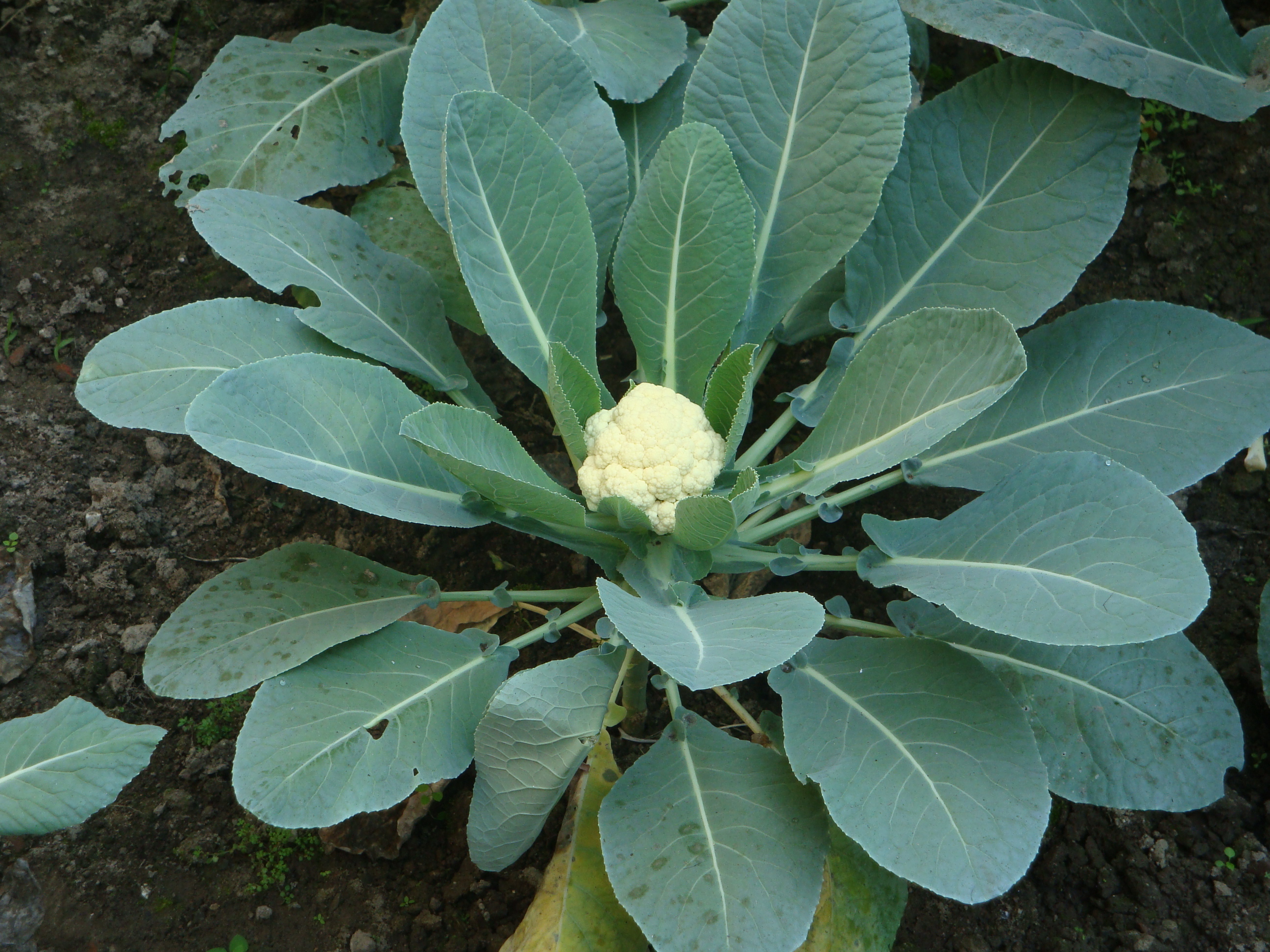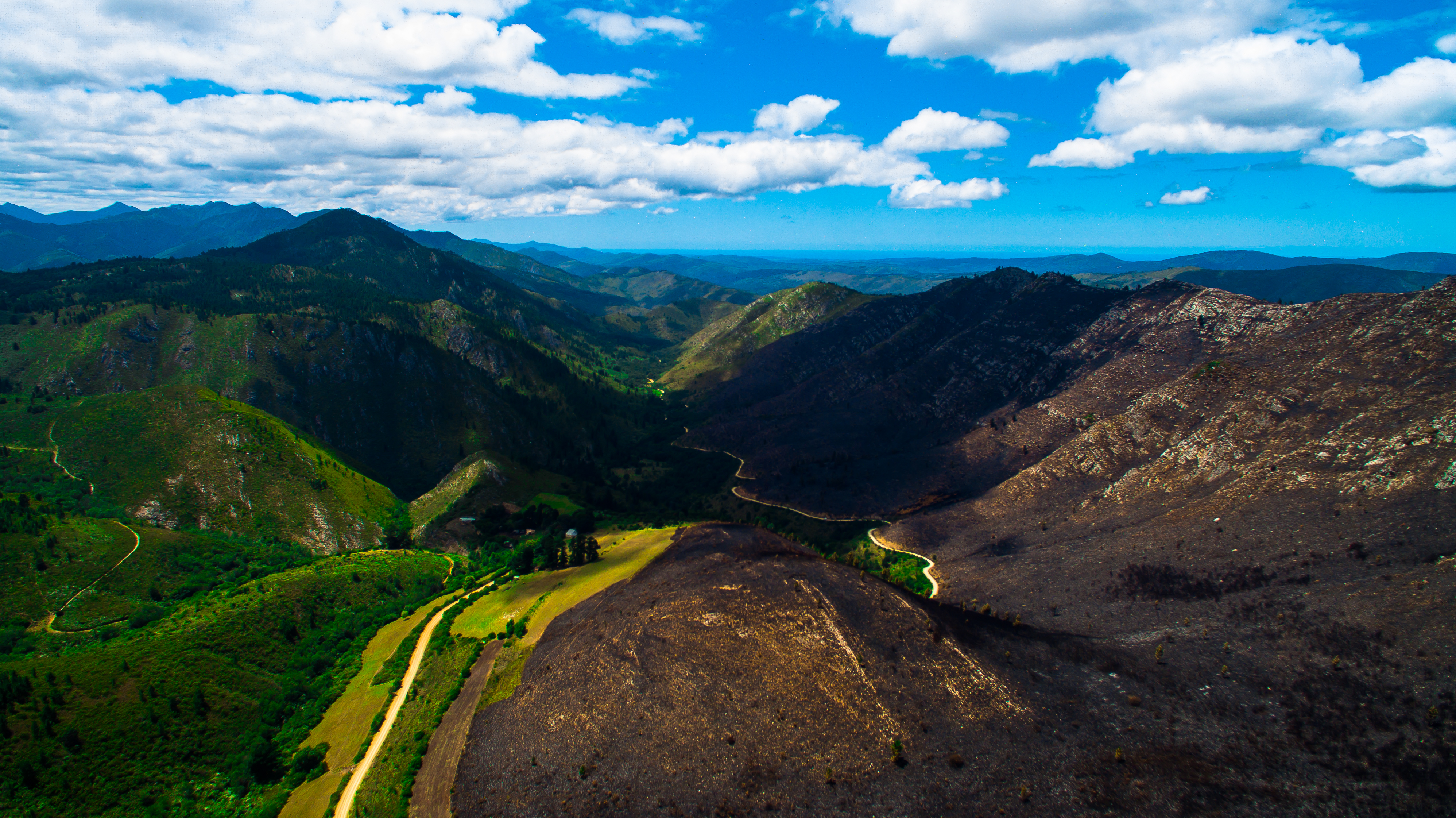|
Arugula
Rocket, eruca, or arugula (''Eruca sativa'') is an edible annual plant in the family Brassicaceae used as a leaf vegetable for its fresh, tart, bitter, and peppery flavor. Its other common names include salad rocket and garden rocketFlora of NW Europe''Eruca vesicaria'' (in the UK, Australia, South Africa, Ireland, and New Zealand), as well as colewort, roquette, ruchetta, rucola, rucoli, and rugula. Native to the Mediterranean region, it is widely popular as a salad vegetable.Med-Checklist''Eruca sativa''./ref>Blamey, M. & Grey-Wilson, C. (1989). ''Flora of Britain and Northern Europe''. . Some botanists consider it a subspecies of ''Eruca vesicaria''. However, they are different in many morphological aspects such as sepal persistence, silique shape, and habit. Most importantly, they do not hybrid freely with each other as there is partial reproductive isolation between them. Plants of the World Online has accepted ''Eruca sativa'' as a distinct species. Description ''Eruca s ... [...More Info...] [...Related Items...] OR: [Wikipedia] [Google] [Baidu] |
Diplotaxis Tenuifolia
''Diplotaxis tenuifolia'' is a species of flowering plant in the mustard family known by the common name perennial wall-rocket. It is native to Europe and western Asia, where it grows on disturbed ground and roadside habitat, roadsides, and it can now be found throughout much of the temperate world where it has Introduced species, naturalized. In recent years it has increasingly been cultivated to produce salad leaves, which are marketed as wild rocket in Britain or arugula in the US. It is easily confused with garden rocket, which has similar uses. Description Perennial wall-rocket is a Glabrousness, glabrous Herbaceous plant, herb with an erect or sprawling habit, that grows up to 1.3 m tall, with a solid, almost woody terete stem and spreading branches. The deeply pinnate leaves are up to 12 cm long and often rather fleshy, with a peppery taste and a musty smell. In the British Isles, it flowers from May to September (or through October in a warm year). In Spain, it can be se ... [...More Info...] [...Related Items...] OR: [Wikipedia] [Google] [Baidu] |
Salad Vegetable
A salad is a dish consisting of mixed ingredients, frequently vegetables. They are typically served chilled or at room temperature, though some can be served warm. Condiments called ''salad dressings'', which exist in a variety of flavors, are usually used to make a salad. Garden salads have a base of raw leafy greens (sometimes young "baby" greens) such as lettuce, arugula (rocket), kale or spinach; they are common enough that the word ''salad'' alone often refers specifically to garden salads. Other types of salad include bean salad, tuna salad, bread salads (such as fattoush, panzanella), vegetable salads without leafy greens (such as Greek salad, potato salad, coleslaw), rice-, pasta- and noodle-based salads, fruit salads and dessert salads. Salads may be served at any point during a meal: *Appetizer salads – light, smaller-portion salads served as the first course of the meal *Side salads – to accompany the main course as a side dish; examples include potato sala ... [...More Info...] [...Related Items...] OR: [Wikipedia] [Google] [Baidu] |
Brassicaceae
Brassicaceae () or (the older but equally valid) Cruciferae () is a medium-sized and economically important Family (biology), family of flowering plants commonly known as the mustards, the crucifers, or the cabbage family. Most are herbaceous plants, while some are shrubs. The leaves are simple (although are sometimes deeply incised), lack stipules, and appear alternately on stems or in Rosette (botany), rosettes. The inflorescences are terminal and lack bracts. The flowers have four free sepals, four free alternating petals, two shorter free stamens and four longer free stamens. The fruit has seeds in rows, divided by a thin wall (or septum). The family contains 372 genera and 4,060 accepted species. The largest genera are ''Draba'' (440 species), ''Erysimum'' (261 species), ''Lepidium'' (234 species), ''Cardamine'' (233 species), and ''Alyssum'' (207 species). , it was divided into two subfamilies, Brassicoideae and Aethionemoideae. The family contains the cruciferous vegetable ... [...More Info...] [...Related Items...] OR: [Wikipedia] [Google] [Baidu] |
Leaf Vegetable
Leaf vegetables, also called leafy greens, vegetable greens, or simply greens, are plant leaves eaten as a vegetable, sometimes accompanied by their petioles and shoots, if tender. Leaf vegetables eaten raw in a salad can be called salad greens, whereas leaf vegetables eaten cooked can be called pot herbs. Nearly one thousand species of plants with edible leaves are known. Leaf vegetables most often come from short-lived herbaceous plants, such as lettuce and spinach. Woody plants of various species also provide edible leaves. The leaves of many fodder crops are also edible for humans, but are usually only eaten under famine conditions. Examples include alfalfa, clover, and most grasses, including wheat and barley. Food processing, such as drying and grinding into powder or pulping and pressing for juice, may involve these crop leaves in a diet. Leaf vegetables contain many typical plant nutrients, but their vitamin K levels are particularly notable since they are photos ... [...More Info...] [...Related Items...] OR: [Wikipedia] [Google] [Baidu] |
Eruca February 2008-1
''Eruca'' is a genus of flowering plants in the family Brassicaceae, native to the Mediterranean region, which includes the leaf vegetable known as arugula or rocket. The number of species is disputed, with some authorities only accepting a single species, while others accept up to five species. The following species are accepted by the Med-Checklist:Med-Checklist''Eruca''/ref>Med-Checklist''Eruca vesicaria'' aggregate/ref> *'' Eruca loncholoma'' (Pomel) O.E.Schulz *'' Eruca pinnatifida'' (Desf.) Pomel (syn. ''E. sativa'' subsp. ''pinnatifida'' (Desf.) Batt.; ''E. vesicaria'' subsp. ''pinnatifida'' (Desf.) Emberger & Maire) *''Eruca sativa'' Mill. (syn. ''E. vesicaria'' subsp. ''sativa'' (Mill.) Thell.) *'' Eruca setulosa'' Boiss. & Reuter *'' Eruca vesicaria'' (L.) Cav. When treated as a monospecific genus, all are included within ''E. vesicaria''.Flora of China''Eruca''/ref>Flora Europaea''Eruca''/ref> Varieties can be either annual or biennial, growing to 20–100 cm t ... [...More Info...] [...Related Items...] OR: [Wikipedia] [Google] [Baidu] |
Sativa
Sativa, sativus, and sativum are Latin botanical adjectives meaning '' cultivated''. It is often associated botanically with plants that promote good health and used to designate certain seed-grown domestic crops. Usage ''Sativa'' (ending in -a) is the feminine form of the adjective, but masculine (-us) and neuter (-um) endings are also used to agree with the gender of the nouns they modify; for example, the masculine '' Crocus sativus'' and neuter '' Pisum sativum''. List of plant names containing sativum Examples of crops incorporating this word and its variations into their Latin name include: * ''Allium sativum'', garlic. * '' Avena sativa'', the common oat. * ''Cannabis sativa'', one of three forms of cannabis.The major species of ''Cannabis'' are ''sativa'', ''indica'', and ''ruderalis''. {{Cite magazine , last=Resin , first=Harry , date=9 May 2014 , title=5 Differences Between Sativa and Indica , url=http://www.hightimes.com/read/5-differences-between-sativa-and-indica , ... [...More Info...] [...Related Items...] OR: [Wikipedia] [Google] [Baidu] |
Barbarea
''Barbarea'' (winter cress or yellow rocket) is a genus of about 22 species of flowering plants in the family Brassicaceae, native to temperate regions of the Northern Hemisphere, with the highest species diversity in southern Europe and southwest Asia. They are small, herbaceous, biennial or perennial plants with dark green, deeply lobed leaves and yellow flowers with four petals. Selected species *'' Barbarea australis'' *'' Barbarea balcana'' *'' Barbarea bosniaca'' *'' Barbarea bracteosa'' *'' Barbarea conferta'' *'' Barbarea hongii'' *'' Barbarea intermedia'' *'' Barbarea lepuznica'' *'' Barbarea longirostris'' *'' Barbarea orthoceras'' *'' Barbarea rupicola'' *'' Barbarea sicula'' *'' Barbarea stricta'' *'' Barbarea taiwaniana'' *'' Barbarea verna'' *''Barbarea vulgaris'' Uses They grow into rosettes of edible cress foliage that resemble dandelion leaves. ''Barbarea verna'', known as upland cress, early winter cress, American cress, Belle Isle cress and scurvy grass, ... [...More Info...] [...Related Items...] OR: [Wikipedia] [Google] [Baidu] |
Mill
Mill may refer to: Science and technology * Factory * Mill (grinding) * Milling (machining) * Millwork * Paper mill * Steel mill, a factory for the manufacture of steel * Sugarcane mill * Textile mill * List of types of mill * Mill, the arithmetic unit of the analytical engine early computer People * Andy Mill (born 1953), American skier * Arnold van Mill (1921–1996), Dutch bass opera singer * Frank Mill (born 1958), German footballer * Harriet Taylor Mill (1807–1858), British philosopher and women's rights advocate * Henry Mill (c. 1683–1771), English inventor who patented the first typewriter * James Mill (1773–1836), Scottish historian, economist and philosopher * John Mill (theologian) (c. 1645–1707), English theologian and author of * John Stuart Mill (1806–1873), British philosopher and political economist, son of James Mill * Loek van Mil (1984–2019), Dutch baseball pitcher * Meek Mill, Robert Rihmeek Williams (born 1987), American rapper and songwriter Place ... [...More Info...] [...Related Items...] OR: [Wikipedia] [Google] [Baidu] |
Brassica Oleracea
''Brassica oleracea'', also known as wild cabbage in its uncultivated form, is a plant of the family Brassicaceae. The species originated from feral populations of related plants in the Eastern Mediterranean, where it was most likely first cultivated. It has many common cultivars used as vegetables, including cabbage, broccoli, cauliflower, kale, Brussels sprout, Collard (plant), collard, Savoy cabbage, kohlrabi, and gai lan. Description Wild ''B. oleracea'' is a tall biennial plant, biennial or perennial plant that forms a stout Rosette (botany), rosette of large leaves in the first year. The grayish-green leaves are fleshy and thick, helping the plant store water and nutrients in difficult environments. In its second year, a woody spike grows up to tall, from which branch off stems with long clusters of yellow four-petaled flowers. Taxonomy Origins According to the Triangle of U theory, ''B. oleracea'' is very closely related to five other species of the genus ... [...More Info...] [...Related Items...] OR: [Wikipedia] [Google] [Baidu] |
Craig Claiborne
Craig Claiborne (September 4, 1920 January 22, 2000) was an American restaurant critic, food journalist and book author. A long-time food editor and restaurant critic for ''The New York Times'', he was also the author of numerous cookbooks and an autobiography. Over the course of his career, he made many contributions to gastronomy and food writing in the United States. Early life Born in Sunflower, Mississippi, Claiborne was raised on the region's distinctive cuisine in the kitchen of his mother's boarding house in Indianola, Mississippi. He essayed in premedical studies at the Mississippi State College from 1937 to 1939. Finding it to be unsuitable, he then transferred to the University of Missouri, where he majored in journalism and got his B.A. degree. Claiborne served in the U.S. Navy during World War II and the Korean War. After deciding that his true passion lay in cooking, he used his G.I. Bill benefits to attend the École hôtelière de Lausanne (Lausanne H ... [...More Info...] [...Related Items...] OR: [Wikipedia] [Google] [Baidu] |
Nematode
The nematodes ( or ; ; ), roundworms or eelworms constitute the phylum Nematoda. Species in the phylum inhabit a broad range of environments. Most species are free-living, feeding on microorganisms, but many are parasitic. Parasitic worms (helminths) are the cause of soil-transmitted helminthiases. They are classified along with arthropods, tardigrades and other moulting animals in the clade Ecdysozoa. Unlike the flatworms, nematodes have a tubular digestive system, with openings at both ends. Like tardigrades, they have a reduced number of Hox genes, but their sister phylum Nematomorpha has kept the ancestral protostome Hox genotype, which shows that the reduction has occurred within the nematode phylum. Nematode species can be difficult to distinguish from one another. Consequently, estimates of the number of nematode species are uncertain. A 2013 survey of animal biodiversity suggested there are over 25,000. Estimates of the total number of extant species are su ... [...More Info...] [...Related Items...] OR: [Wikipedia] [Google] [Baidu] |
Disturbed Ground
In ecology, a disturbance is a change in environmental conditions that causes a pronounced change in an ecosystem. Disturbances often act quickly and with great effect, to alter the physical structure or arrangement of biotic and abiotic elements. A disturbance can also occur over a long period of time and can impact the biodiversity within an ecosystem. Ecological disturbances include fires, flooding, storms, insect outbreaks, trampling, human presence, earthquakes, plant diseases, infestations, volcanic eruptions, impact events, etc. Not only invasive species can have a profound effect on an ecosystem, native species can also cause disturbance by their behavior. Disturbance forces can have profound immediate effects on ecosystems and can, accordingly, greatly alter the natural community’s population size or species richness. Because of these and the impacts on populations, disturbance determines the future shifts in dominance, various species successively becoming domin ... [...More Info...] [...Related Items...] OR: [Wikipedia] [Google] [Baidu] |







